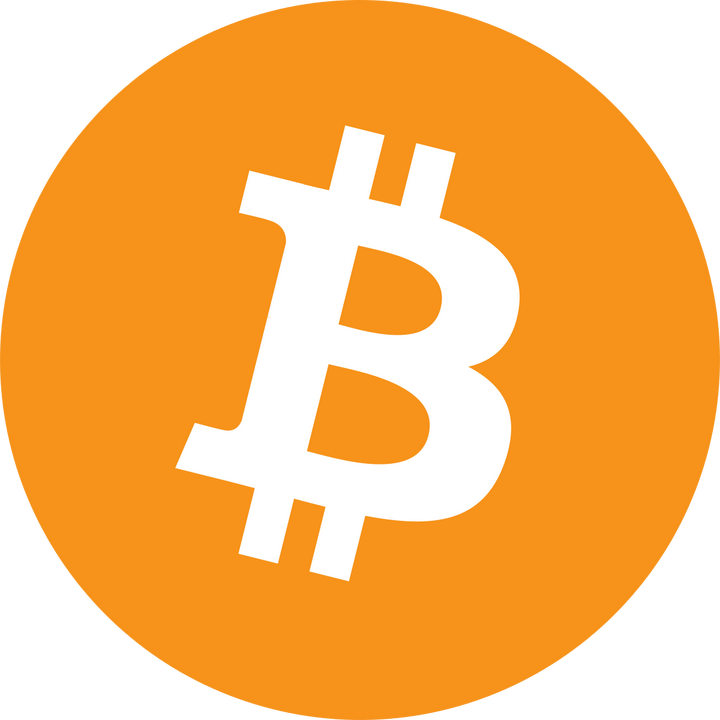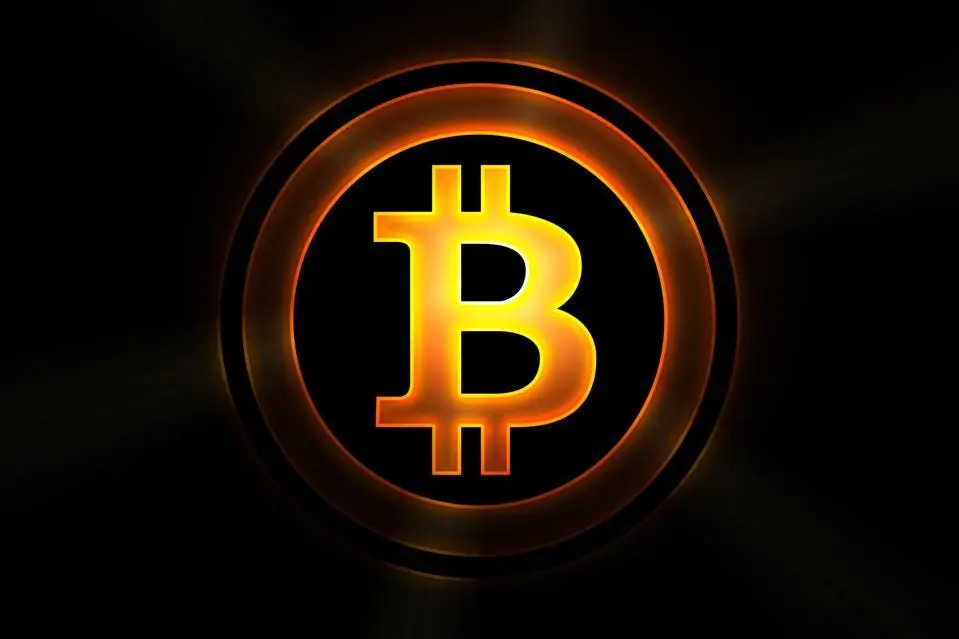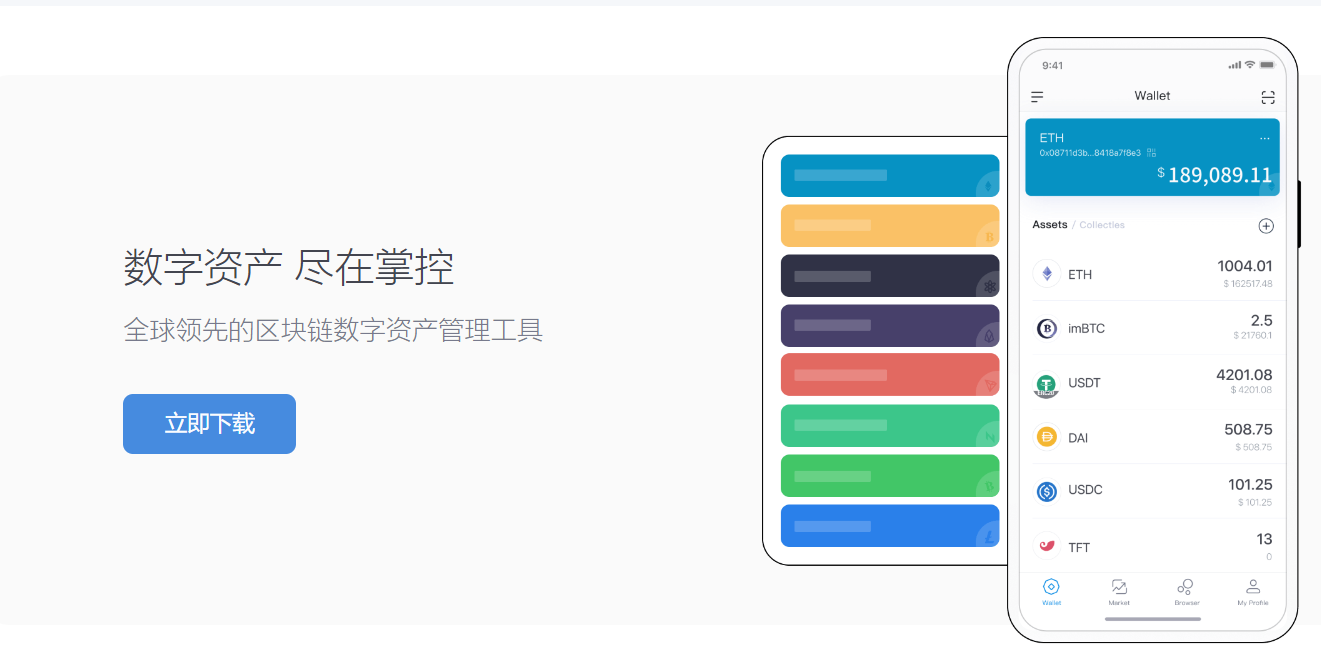Chia Frequently Asked Questions
chia download address
[https://github.com/Chia-Network/chia-blockchain/wiki/INSTALL](https://github.com/Chia-Network/chia-blockchain/wiki/INST ALL)
Windows using tutorial
Note that right click administrator identity opens
What is Chia?
CHIA was registered in August 2017 with the aim of developing an improved blockchain and intelligent trading platform. We are building the Chia network to improve the global financial and payment systems. Chia will be the first enterprise-class digital currency. Chia is using the first new Satoshi Consensus algorithm since Bitcoin. It’s called Proof of Space and Time, and it was created by Bram Cohen, the inventor of BitTorrent and one of the best network protocol engineers out there. Chialisp is Chia’s new intelligent trading programming language that is powerful, easy to audit, and secure. At present, the intelligent transactions available for reference are: atomic exchange, authorized payee, recoverable wallet, multi-signature wallet and price-limit wallet.
The Chia parameter
Name: Chia
Chinese name: Kia
Abbreviations: XCH
ICO: No
Pre-mined or not: 21 million as a strategic reserve, see Business White Paper for details
Earnings per block: 64 Chia bonuses per 10 minutes
Halve strategy: halve every 3 years, 4Chia every 10 minutes from the 13th year
Block time: 16 blocks every 5 minutes
Tong: XCH
Block reward: 2 XCH per block, halved every 3 years, after halved 4 times, the reward is fixed, no more halved
Type of consensus algorithm: Proof of Space and Time
Consensus algorithm: Nakamoto
is different from Bitcoin and FIL
The difference between mining and traditional mining
Unlike BTC and ETH, which use proof-of-work (PoW), CHIA uses “Proof of Space and Time” to mine the remaining storage Space in storage devices (computers, servers, NAS, Raspberry Pi).
Before mining, it is necessary to sow plots on the unused hard disk space, and then the farmer will look for the best blowout on the plots on the already sown p-disk files. The nature of Chia hard disk mining is to write the encrypted data to the hard disk (plots), and then the mining program will look for the best answer (farmer’s process) from the p-disk files, so the higher the ratio of the total p-disk file capacity to the total network capacity, the more likely it will be to blow up and the corresponding mining profit will be higher.
The seeding process requires CPU, memory (4 gigabytes per P disk thread by default) and hard disk temporary space (approximately 332G temporary space is required to generate the seeding file of K = 32 size). Therefore, the planting process suggested using a good CPU, more than 16GB of memory, and a solid state disk (it was recommended to plot more than 2T of M2.NVME protocol SSD). Refer to the Plots platform hardware configuration table
The difference between ## Chia and Filecoin
In my consultation, I found that many of my friends confused Chia with Filecoin, both of which use hard disk mining, but with fundamental differences.
Filecoin is the incentive layer on top of IPFS. It focuses on storage and bandwidth sharing. The hard drive is used to encapsulate stored user data, which you can think of as a decentralized cloud disk.
Chia does not provide storage service, the data stored on the hard drive is completely meaningless, it is stored for storage sake, thus proving that you really have this much hard drive space.
Filecoin has a very high threshold for mining. To mine, you need to buy a FIL as collateral. If your miner’s online rate is not up to par, the secured FIL will be partially or completely confiscated, which can really make a negative return.
If you are a user who buys a storage service with a FIL, you don’t want the machine that stores your data to be off line when you want to use it.
Therefore, Filecoin needs to use this collateral mechanism to force miners to optimize their technical solutions to stay online for long periods of time.
At the same time, if Filecoin wants to store the user’s data, it must download the user’s data through the network and upload it to the user when the user needs it. This requires a lot of bandwidth resources, which is obviously not enough for ordinary home broadband.
Chia has a lower barrier of entry than Filecoin, and hard drives have far more power, cost, and availability advantages than graphics chips on the device, which is why it has been so popular lately.
What is space-time proof?
Space certification is an encryption technique in which the certifier certifies that they have allocated unused hard drive space to storage space. However, if “spatial proof” is to be used as a consensus mechanism, it must be linked to time proof, which ensures time consistency between blocks and in turn improves the overall security of the blockchain.
How does the space proof and time proof work?
Spatial proof can be thought of as a way of “proving that you have some unused storage on your hard drive”. Users of the Chia blockchain install software to snapshot their unused space on their hard drives, an operation also known as a seed. The software stores a set of encrypted numbers on the disk into a “plot,” and the people who perform these operations are called “farmers.” When the blockchain announces the next block challenge, farmers can scan their “plots” to see if they have a hash closest to the challenge, and Chia allocates the probability of winning a block in proportion to the size of the space the farmer owns and the size of the entire network space.
Time proof requires that there must be a short period of time between blocks. Time proof is realized through Verifiable Delay Function (VDF: Verifiable Delay Function), which takes a certain amount of time to calculate, but the verification speed is actually very fast. The core idea of the verifiable delay function is sequential computation, which minimizes power waste because a large number of parallel devices yield no benefit. The number of VDF servers (“ Timelords “) is likely to be relatively small, as the fastest validating VDF servers will always be at the top, and only one fast and fair Timelord is needed on the network to complete a block and move the entire chain forward.
What’s the advantage of # Chia?
Chia uses the new Satoshi consensus algorithm, which can completely eliminate the energy consumption requirements of a blockchain system’s proof of work. Compared to other cryptocurrencies, the Chia blockchain is more decentralized and has significantly improved security. Chialisp is a new intelligent transaction programming language for the Chia blockchain. It is powerful, easy to audit and secure, and will better unleash the security, transparency and ease of use that cryptocurrencies promise.
In addition, Chia also uses more advanced encryption tools to achieve rich intelligent trading capabilities. Through a public, open source, for-profit development company, CHIA is adopting a new and advanced solution to build and support blockchain and provide support for blocks. Chia will use a “pre-farm” (strategic reserve) to address the issue of token volatility, aiming to mitigate the impact of a market bubble or market crash on Chia and to further drive adoption of Chia.
Why Pretill?
Chia has a novel business model that can both reduce token volatility and increase adoption. By borrowing from Chia and managing these loan rates, as well as other instruments (for example, using Chia tokens to buy our shares), we hope that token quarterly volatility can be further reduced.
To further drive adoption, we plan to lend Chia to 5,000 companies around the world, who will use Chia to deliver fast, cheap and secure payments to suppliers around the world.
We also intend to use the strategic reserve to assist with development and adoption, among other things, such as investing in some promising startups in the Chia ecosystem and increasing tillage incentives to stimulate other tillage activities for a limited time. Companies that make international payments using Chia, rather than fiat currency, can receive a “benefit” of 105 per cent of the amount transferred.
Will Chia conduct an ICO?
No, Chia has no ICO plans. Instead, our goal is to be publicly listed on an American stock exchange. In this way, shareholders can share risks and rewards with management in a transparent and open manner, and we can also make binding statements about how CHIA Network intends to use its strategic reserves, using well-understood control of the company. The Chia digital currency is a useful payment tool, but not an investment opportunity. Chia intends to complete an SEC registered IPO that complies with regulatory requirements and will launch an optional listing on Main Net.
Is # Chia using the Bitcoin code?
No. The Chia code is all original.
Will # Chia’s value fluctuate like other cryptocurrencies?
We believe that since our plan is to go public, token volatility will be less than other cryptocurrencies, which will enable financial institutions to hedge with tokens and equities.
Initially, we expect that the valuation of CHIA Network will be based primarily on what the company will value CHIA on its balance sheet, and that fluctuations in the price of CHIA on digital trading platforms are likely to be reflected in share price movements on stock exchanges. There are more ways to inform people about Chia’s success than traditional blockchain projects, which will also allow our regular options and derivatives on our stock to be used as synthetic derivatives similar to the price of Chia tokens. In addition, our ability to use CHIA’s strategic reserves may also help to reduce CHIA volatility in the market.
Chia FAQ
Question 1: What is the difference between queue and concurrency in the options for generating PLOT files?
Answer: Queue refers to the completion of one generation, and then automatically generated the next. Concurrency means that multiple PLOT files are generated at the same time, taking into account whether the SSD cache is large enough and whether the CPU and memory can keep up. The more concurrency the better, of course.
Question 2: A PLOT file has been generated, does the cache need to be manually deleted?
A: No, the system will automatically delete and copy the generated PLOT file to the final directory.
Question 3: What kind of hardware is needed to dig CHCA?
Answer: may refer to this article: https://blog.csdn.net/shidaoyu/article/details/115795262.
Question 4: Is it OK to use SSD for temporary directories?
A: Yes. However, the speed of the temporary directory determines the speed of PLOT file generation, so high-speed SSD is recommended. And mechanical hard disk concurrent P disk may be stuck dead.
Question 5: mechanical hard disks are too expensive. Can I use a mobile hard disk?
Answer: it can be, but the USB port speed is not fast, stability is general. Consider taking out the hard drive inside and connecting it to the motherboard
The hard disk of home went up wildly all, can consider Amazon overseas buy, had not gone up too much, arrive goods time is some longer. If this Toshiba’s 10T business dish, 2000 or so come to hand. Toshiba 10TB SATA 512E 7200RPM 3.5-inch Enterprise Hard Disk - MG06ACA10TE
Question 6: I have two SSDs, how reasonable use to concurrent P disk?
A: You can group RAID, the simplest is to select the temporary directory, click the display of advanced options, you can select the second temporary directory. In addition, PLOT can be generated in more than two times. If you want to generate 4 plots at the same time, select 1 or 2 concurrent plots first, select the first SSD for the temporary directory, and then select the third or fourth SSD for the temporary directory, and select the second SSD for the temporary directory. The specific number of plots depends on the remaining space of SSD.
Question 7: what’s the difference between digging with a wallet and digging with a pool?
Answer: use the wallet to dig the harvest will only be integer coins, such as 1 such, may not have a harvest for a long time. The mine pool is divided into many netizens, and the daily income is 0.00000 X coins. In addition, the mine pool is charged with handling fee, which is generally more than 5%.
Question 9: Can I restart the computer or close the software during the drawing process?
A: Yes, but the previous drawing progress will not be saved and can only be restarted.
Question 10: can temporary and final directories have Chinese names?
A: It is better not to use Chinese, otherwise there may be all kinds of problems. It is recommended that these two directories and the upper directory do not have Chinese and special characters.
Question 11: Why did I generate PLOT for a few days without a harvest?
A: The wallet software will show the estimated period of each crop. The more PLOT, the shorter the period. But this cycle is not guaranteed to yield a harvest. So it was lonely looking at that zero. However, as you add more and more PLOT files, you will always reap the rewards.
Question 12: is the solid state still useful when the mechanical hard disk P is full?
Answer: at this time the solid state can not be used, because the solid state is mainly for the P disk speed, hang up mining is not needed. But in order to more income, a lot of people will continue to add hard disk to P, so the solid state is basically to die silk, wax torch ashes tears dry.
Question 13: Can the PLOT file be deleted when the mechanical hard disk P is full?
A: Kha, this is definitely not deletable, because the PLOT files are used for mining. As for whether the PLOT file can be deleted, the blogger has not dug it, it remains to be investigated :)
Question 14: why do I have more ICONS on my desktop after I install Wallet?
Answer: estimate your wallet software is not in the official website download, all wallet, mine pool software must be in the corresponding official website download, otherwise may download to have Trojan horse, advertising software, cause losses! CHIA’s official website is https://www.chia.net/
Question 16: Do I have to be connected to generate PLOT files?
A: No. Plotting can be done completely offline, without the need for blockchain, but farming does require networking.




